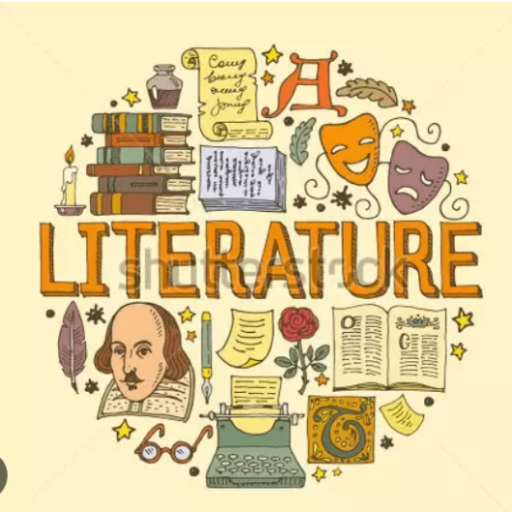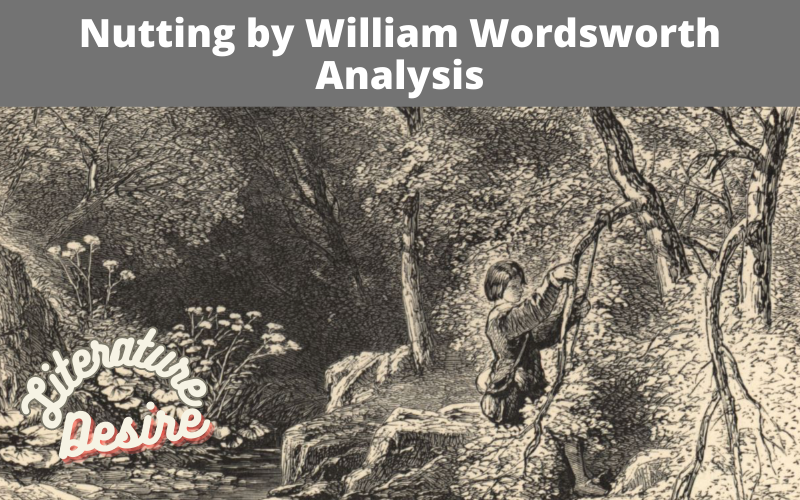Welcome to our comprehensive analysis of the iconic poem, “Nutting by William Wordsworth.” In this article, we will delve into the depths of this literary masterpiece and uncover its underlying themes, poetic devices, and the profound connection it establishes with nature.
Prepare to be captivated by Wordsworth’s vivid imagery and lyrical prowess as we embark on this enlightening journey.
Advertisement
Nutting by William Wordsworth Analysis: An In-Depth Exploration of Nature’s Delight
“Nutting” is a thought-provoking poem written by William Wordsworth, one of the most celebrated poets of the Romantic era.
Advertisement
This enchanting piece captures the essence of nature and explores the human experience through the lens of a solitary wanderer.
Advertisement
Now, let us embark on a detailed analysis of this remarkable work and unravel its hidden treasures.
Advertisement
The Power of Nature
Wordsworth, known for his deep appreciation of nature, uses “Nutting” to emphasize the profound influence nature has on the human psyche.
The poem begins with the speaker reminiscing about his youthful adventures in the countryside, seeking solace and tranquility in the arms of nature.
A Journey through Time
Through his nostalgic recollection, Wordsworth takes us on a journey back in time, as he vividly describes his youthful self-venturing into the woods.
The poem’s setting is meticulously crafted, immersing the reader in the beauty of the natural world.
Sensory Delights: Nutting by William Wordsworth Analysis
Wordsworth’s masterful use of sensory imagery engages all our senses, allowing us to experience the sights, sounds, and textures of the woodland.
From the “roaring dell” to the “breathless” silence broken only by the rustling leaves, each line evokes a visceral response, transporting us into the heart of the poem.
A Delicate Balance
Within “Nutting,” Wordsworth explores the delicate balance between mankind and nature. As the young protagonist encounters a breathtaking scene of untouched beauty, he is faced with a moral dilemma. Should he extract the natural resources for his own pleasure, or should he leave them undisturbed?
The Temptation of Greed
Here, Wordsworth poses a profound ethical question. The speaker, tempted by the abundance before him, chooses to plunder the natural world for his selfish desires. The poet highlights the destructive nature of human greed and its impact on the environment.
Reflections on Guilt: Nutting by William Wordsworth Analysis
As the poem progresses, the speaker experiences a profound sense of guilt and remorse for his actions.
Wordsworth’s poignant words serve as a reminder of the consequences of our thoughtless exploitation of nature and the importance of conservation.
Nature as a Source of Redemption
However, “Nutting” does not solely focus on the negative aspects of humanity’s interaction with nature.
Wordsworth also explores the potential for redemption and healing through a genuine connection with the natural world.
The speaker, overwhelmed by a sense of guilt, seeks solace in the “beauteous forms” of nature.
An Ode to Solitude
Wordsworth’s poem celebrates the transformative power of solitude. The speaker, alone in the woods, finds solace and a renewed sense of self amidst the serenity of nature. Through this solitude, he discovers a deeper understanding of himself and his place in the world.
A Cautionary Tale
“Nutting” serves as a cautionary tale, urging us to reflect on our own relationship with nature. Wordsworth encourages us to appreciate the intrinsic value of the natural world and reminds us of the consequences of our actions.
The Significance of Wordsworth’s Language
Wordsworth’s language is rich with metaphors, similes, and personification, infusing “Nutting” with depth and beauty.
His eloquent descriptions of the natural landscape engage our senses and evoke a profound emotional response, inviting us to appreciate the beauty and power of nature.
Conclusion: Nutting by William Wordsworth Analysis
In conclusion, “Nutting” by William Wordsworth is a masterpiece that delves into the complex relationship between humanity and nature.
Through vivid imagery, powerful language, and thought-provoking themes, Wordsworth invites us to reflect on our own connection with the natural world and the moral responsibilities that come with it.
Let “Nutting” serve as a reminder to cherish and protect the delicate beauty of our environment for generations to come.
Frequently Asked Questions
The central theme revolves around the human relationship with nature, exploring the impact of greed and the potential for redemption through a genuine connection with the natural world.
“Nutting” embodies the key principles of Romanticism by celebrating the beauty of nature, emphasizing individual experience and emotions, and exploring the profound connection between humanity and the natural world.
Wordsworth employs vivid sensory imagery to transport the reader into the heart of the natural world, allowing us to experience the sights, sounds, and textures of the woodland.
The speaker is faced with the dilemma of whether to extract natural resources for personal gain or to leave them undisturbed, highlighting the ethical questions surrounding humanity’s interaction with nature.
Solitude plays a vital role in the poem, providing the speaker with an opportunity for self-reflection, redemption, and a deeper connection with nature.
Through its exploration of the consequences of human actions on nature, “Nutting” serves as a reminder of the importance of conserving and protecting the environment for future generations.

